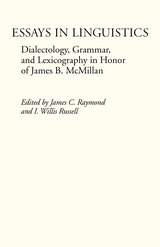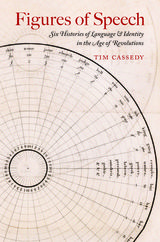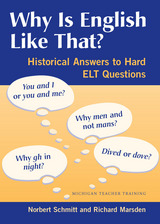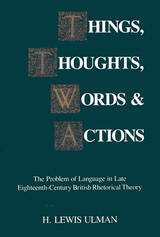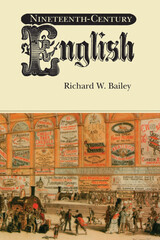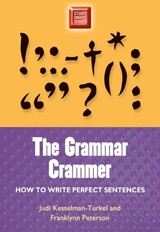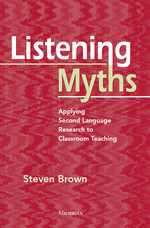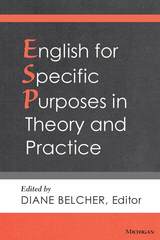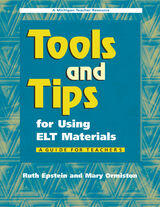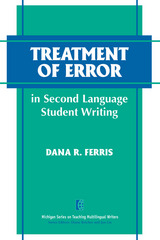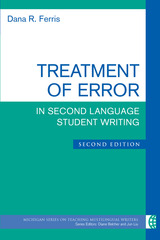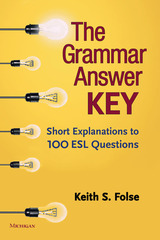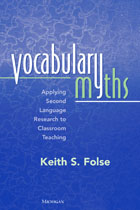Paper: 978-1-58901-166-3
Library of Congress Classification PE1112.T48 2007
Dewey Decimal Classification 425
Analyzing the Grammar of English offers a descriptive analysis of the indispensable elements of English grammar. Designed to be covered in one semester, this textbook starts from scratch and takes nothing for granted beyond a reading and speaking knowledge of English. Extensively revised to function better in skills-building classes, it includes more interspersed exercises that promptly test what is taught, simplified and clarified explanations, greatly expanded and more diverse activities, and a new glossary of over 200 technical terms.
Analyzing the Grammar of English is the only English grammar to view the sentence as a strictly punctuational construct—anything that begins with a capital letter and ends with a period, a question mark, an exclamation mark, or three dots—rather than a syntactic one, and to load, in consequence, all the necessary syntactic analysis onto the clause and its constituents.
It is also one of the very few English grammars to include—alongside multiple examples of canonical or "standard" language—occasional samples of stigmatized speech to illustrate grammar points.
Students and teachers in courses of English grammatical analysis, English teaching methods, TESOL methods, and developmental English will all benefit from this new edition.
See other books on: Analyzing | English | English as a Second Language | Grammar | Third Edition
See other titles from Georgetown University Press




